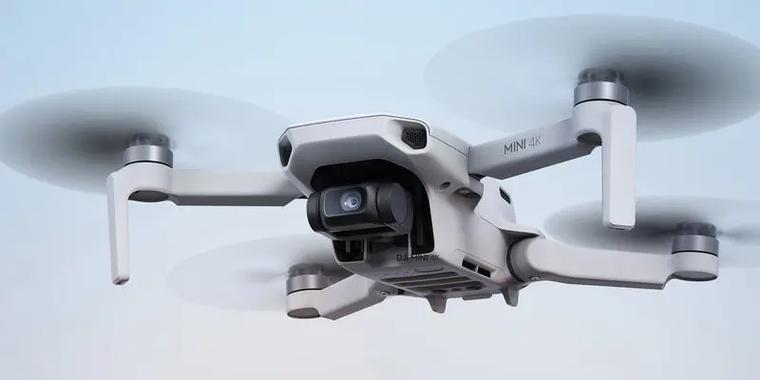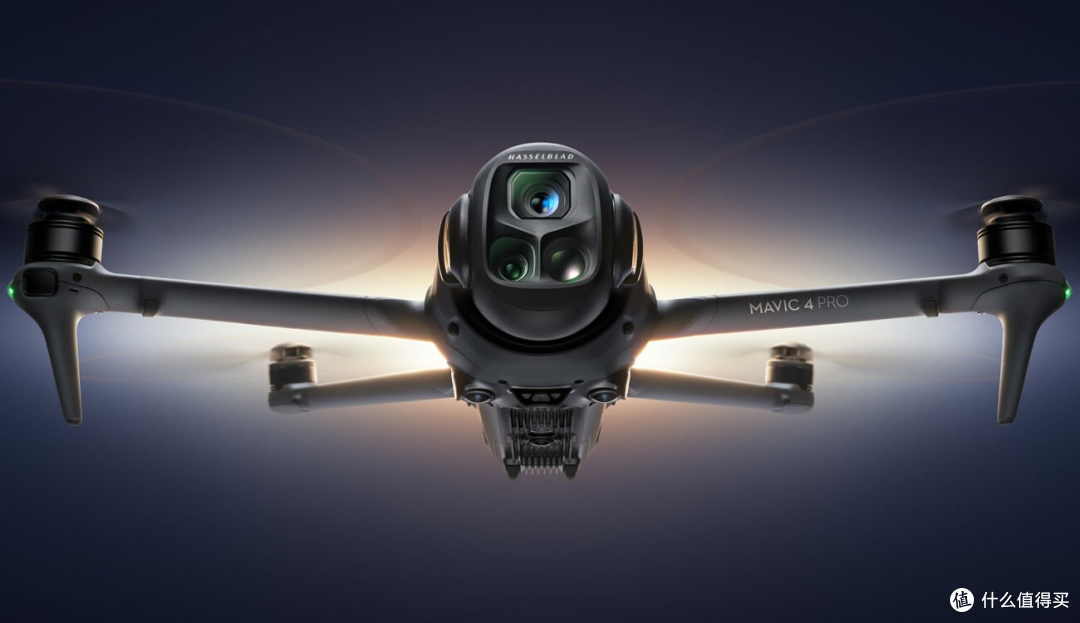In the realm of modern warfare, the significance of attack drones is increasingly profound, reshaping the dynamics of combat through technological prowess and strategic innovation. These unmanned aerial vehicles (UAVs) offer unparalleled advantages, including enhanced precision, cost efficiency, and minimal risk to human life.
is increasingly profound, reshaping the dynamics of combat through technological prowess and strategic innovation. These unmanned aerial vehicles (UAVs) offer unparalleled advantages, including enhanced precision, cost efficiency, and minimal risk to human life.
The Evolution of Attack Drones
Initially conceptualized for reconnaissance, drones have rapidly evolved, integrating advanced weaponry and strategic capabilities. With nations enhancing their military arsenal, attack drones have become pivotal in executing precise airstrikes, surveillance operations, and intelligence gathering. Their transformation signifies a shift from conventional methods to more technologically-driven combat scenarios.
Tactical Advantages
One significant advantage of deploying attack drones lies in their ability to perform complex operations with reduced risk to personnel. Equipped with sophisticated sensors and cameras, they deliver real-time data, thereby facilitating informed decision-making and precise targeting. Furthermore, drones possess the capability to operate in hostile environments, providing an edge in asymmetric warfare by minimizing casualties and collateral damage.
Cost-Efficiency and Deployment
From a financial perspective, drones offer a cost-effective alternative to traditional airunits and ground forces. Their relatively low operational costs and ease of maintenance make them an attractive option for military budgets, especially in nations seeking efficient yet effective defense solutions.
Ethical Considerations
The use of attack drones, however, prompts numerous ethical debates. Concerns regarding civilian casualties, privacy infringement, and the indiscriminate nature of drone strikes raise critical questions about their deployment. As drone technology advances, the need for stringent regulatory frameworks and international cooperation becomes essential to mitigate potential abuses.
Innovations in Drone Technology
Recent advancements in artificial intelligence and machine learning further bolster the capabilities of attack drones. These technologies enhance autonomy and decision-making processes, allowing drones to execute complex maneuvers with minimal human intervention, thereby increasing operational efficiency and precision.
Another remarkable development is swarm technology, wherein multiple drones operate cohesively to achieve coordinated attacks, overwhelming enemy defenses and optimizing combat strategies. This breakthrough expands the operational scope of drones, making them an indispensable asset in modern warfare.
Global Implications
Globally, the proliferation of attack drones has altered the strategic calculus for military engagements. Nations are investing heavily in drone technology, viewing it as a crucial element in national defense strategies. This escalation triggers an arms race in UAV capabilities, necessitating diplomatic dialogues and arms control agreements to prevent conflicts and promote global stability.
FAQs on Attack Drones

- Are attack drones only used for military purposes?
- No, while attack drones are primarily utilized in military operations, they also have applications in sectors such as agriculture, disaster management, and infrastructure development, aiding in tasks like surveying land and delivering supplies.
- How does drone technology affect human soldiers?
- Drones reduce the exposure of human soldiers to dangerous situations, allowing them to focus on strategizing and executing missions from a safe distance.
- What measures exist to regulate drone usage?
- International treaties and national laws aim to govern the ethical deployment of drones, ensuring they comply with humanitarian standards and operational guidelines.
In conclusion, the impact of attack drones in modern warfare reveals a paradigm shift towards technological dominance, prompting nations to adapt and innovate in an ever-evolving combat landscape.
